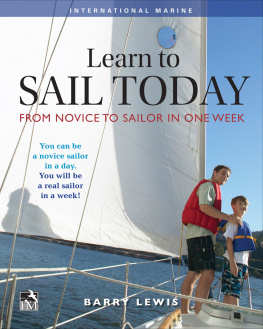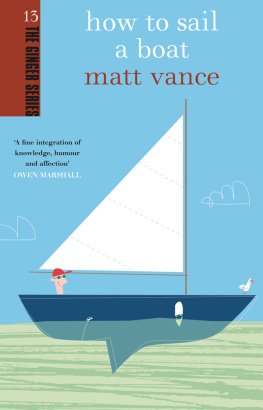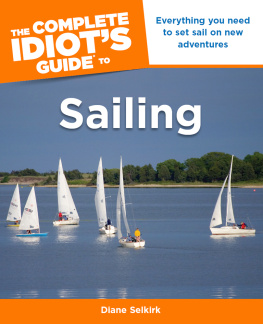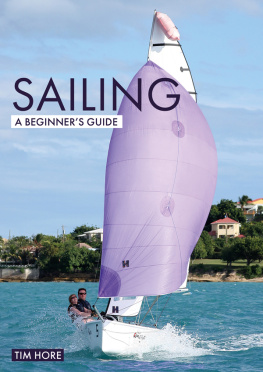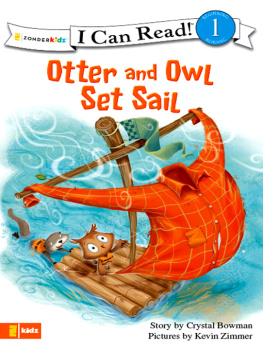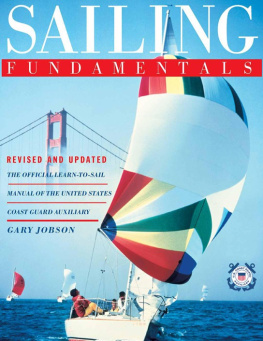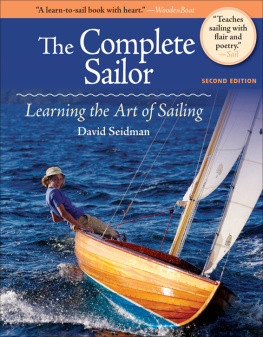Contents
Guide

LEARN

SAIL TODAY!
FROM NOVICE TO SAILOR IN ONE WEEK

Sailing on Lake Michigan with Chicago skyline in the distance. (Photo courtesy of Charles Jiminez collection, Ryan Williams photographer)
LEARN

SAIL TODAY!
FROM NOVICE TO SAILOR IN ONE WEEK
Commodore Barry Lewis

New York | Chicago | San Francisco | Athens | London | Madrid |
Mexico City | Milan | New Delhi | Singapore | Sydney | Toronto
Copyright 2016 by McGraw-Hill Education. All rights reserved. Printed in the United States of America. Except as permitted under the United States Copyright Act of 1976, no part of this publication may be reproduced or distributed in any form or by any means, or stored in a data base or retrieval system, without prior written permission of the publisher.
1 2 3 4 5 6 7 8 9 QFR 21 20 19 18 17 16
ISBN 978-0-07-183088-1
MHID 0-07-183088-X
e-Book ISBN 0-07-183089-8
e-Book MHID 978-0-07-183089-8
Photographs are by the author unless otherwise noted.
McGraw-Hill Education books are available at special quantity discounts to use as premiums and sales promotions, or for use in corporate training programs. To contact a representative, please visit the Contact Us page at http://www.mhprofessional.com/
CONTENTS
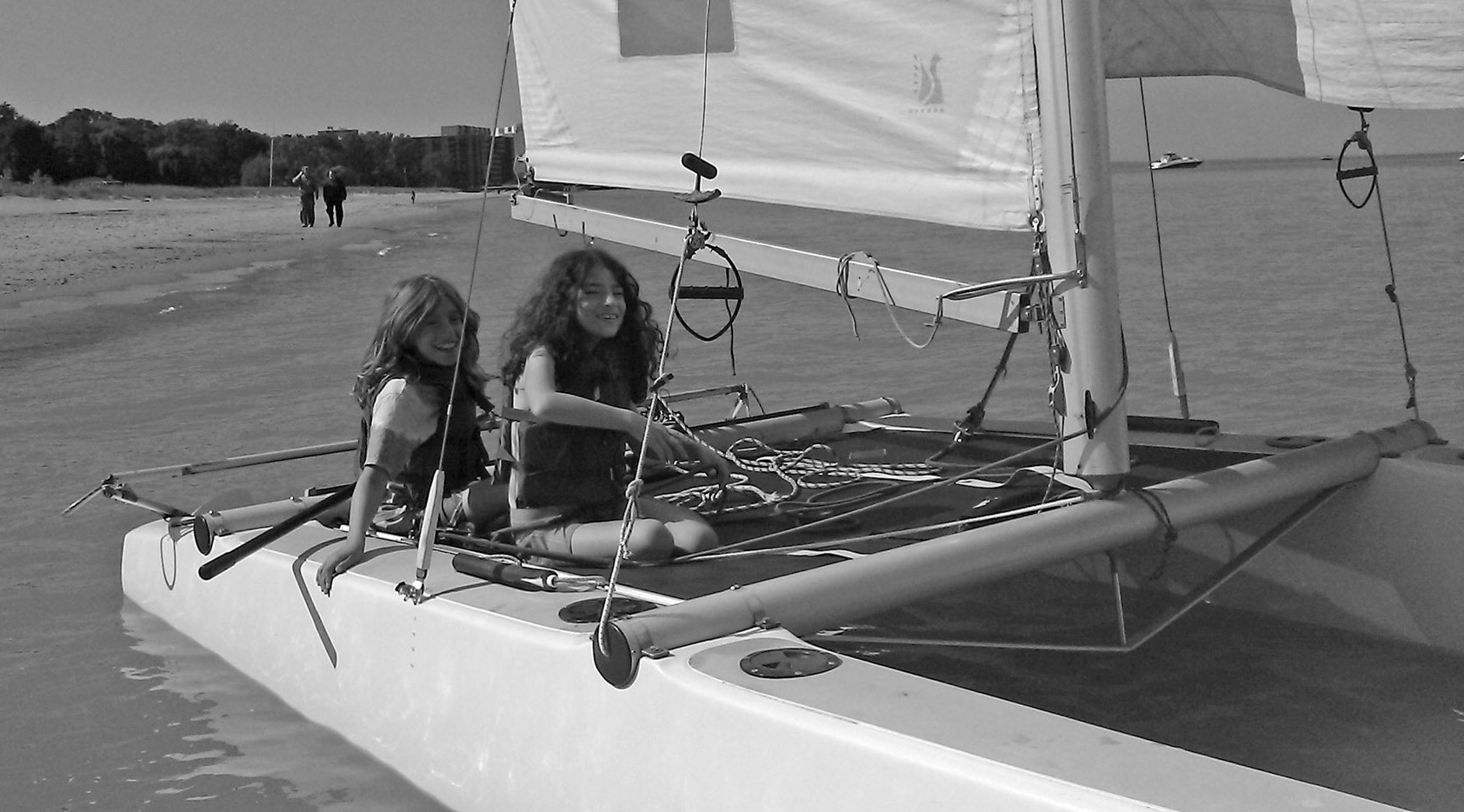
ACKNOWLEDGMENTS
T his book is dedicated to those who sailed to sea in more dangerous times seeking knowledge or fortune, knowing not what lay ahead. It is also dedicated to the people who taught me to sail. Members of the Evanston Sailing Club (of Illinois), I have forgotten your names, but not your deeds. Bob Benson, skipper of Wolf, the Chicago Yacht Clubs rookie J/24 boat of the year in 1980 (co-winner with Perdido). I never again had a captain the likes of you. My crew on Raven: Paul Hydzik and Bob Kenny. Seldom has a captain learned so much from his crew; they are why Raven was such a terror on the racecourse. Thanks to Waukegan Yacht Club, its Swing Keel Regatta, and the South Coast Sailing Club for all that nice hardware. I keep it on display. It all really belongs to my crew.
Thanks to the Belmont Yacht Club and Northwest Sailing Association for their members trust and support.
This book is not the work of one person. Countless articles and books have been scoured over the years and numerous seminars attended. I am fortunate to have the support of my two wonderful children, Rachel and Seth, my mother, Ruth, and many good friends, all of whose unfailing support of this endeavor made it possible. Several people took the time to read the entire book just because I asked. Leon Anderson was the first to review it. His encouragement and suggestions were fantastic, his enthusiasm, contagious. Jane McMillan searched through the book for things to be improved and offered more encouragement. John Williams, John Graneto, Denise Olhava, Mark Stein, Donna Masterson, Jan Suberman, Paul Hydzik, Estee Jacob, Dr. Susan Benjamin Feingold: thank you all. This book has been blessed with the finest set of editors imaginable. Molly Mulhern was the first editor to whom this manuscript was submitted. I am grateful beyond words for both her praise and her criticism. Her vision of this book differed from mine and improved it beyond measure. Christopher Brown, Janet Robbins, and Cathy Kulka invested a great amount of time and with their sharp editors eyes and minds made many improvements. Thanks also to some relatives of mine who showed the way by getting their own productions published: Danny Newman, my cousin; Hershel Lewis, my uncle; Melvin Lewis, my father; Ruth Lewis, my mother; and some others Id include except for the fear Id be accused of merely name dropping. Many thanks Dan Caplan, Paul Bowen, Katie Colgan, Charlie Jiminez, Ryan Williams, Dan Waters, the Jacobs/Caplans for their photos, and Clare Rosean and Christopher Hoyt for the art.
The author gratefully acknowledges the technical assistance of Douglas Nesbitt, a photographer in Orlando, Florida. Many thanks to Maryann Karinch for arriving in the nick of time with encouragement and helpful suggestions.
A brief word on pronouns: There is no sexist intent in the use herein of pronouns. The male pronoun is used only to avoid cumbersome language, not to insult the great female skippers I have met or whose fascinating exploits I only could read about.
And, finally, with thanks to Markus Zusak. I, too, have loved these words and hope I have made them right.
INTRODUCTION
I love sailing. You will too. Join me today!
Y ou have picked up this book because sailing intrigues you. That is the first step to becoming a sailor. This is the only book that can take you from landlubber to novice sailor, safely, today. Learn to Sail Today! requires no memorization. Your common sense, and the essential skills from this book, will get you out on the water and safely back. Today!
You will learn to sail today much as you learned to ride a bicycle. Most people learned at a young age, taught by siblings or parents. You may have been told something like, Put your feet on these pedals, and hold onto this thing with both hands. Now push down on the pedals and make the bike move. If you start to fall left, turn left. If you start to fall right, turn right. Soon it became easy, even for a preschooler.
Once you learned to balance, you were immediately taught to brake and turn. At this stage, you safely enjoyed riding your bike in a park, or on a driveway. Other skills were learned over time.
You did not need to memorize that what you were holding onto were the handlebars, or that there are three basic types of handlebars. You just needed to hold on and turn them. Balance soon became intuitive. Stepping on the pedals turned the wheels; that was intuitive as well. The brakes stopped the bike; your knowledge of friction was intuitive. Safety was addressed simply by limiting you to the safest nearby location, helping you into your helmet, and telling you to stop or turn away from anything and everything in your way. The entire teaching process was simplified and intuitive. That teaching method works well because our minds are set up to learn intuitively and one step at a time, not by memorization.
Let us learn to sail the same way you learned bicycling: one step at a time, with the thrill of success on your first day.
As a beginners book, Learn to Sail Today! is intended to give you a solid foundation for your increasingly adventurous sails. Sailing terms are mentioned in this book, but feel free to ignore the terms for now. The terminology is not essential for the beginner, but you will be more comfortable knowing some basic terms when you sail along with others. The sailing terms do allow for unambiguous, simple orders. As originally written, only about three sailing terms were in the book. But then I met a charming Swedish couple, who told me of their embarrassment when sailing. Though they spoke fluent English, they only knew the sailing terms in Swedish. They felt like neophytes, even though theyd sailed in extreme enough conditions that they had to pour sea water on the ropes to thaw them. That encounter, and my editors urging, resulted in the inclusion of normal sailing terminology. My advice is: do not spend a minute memorizing. You will learn the terms as you sail. When you handle a line, learn its name, or not, as you choose, and in your own time.

